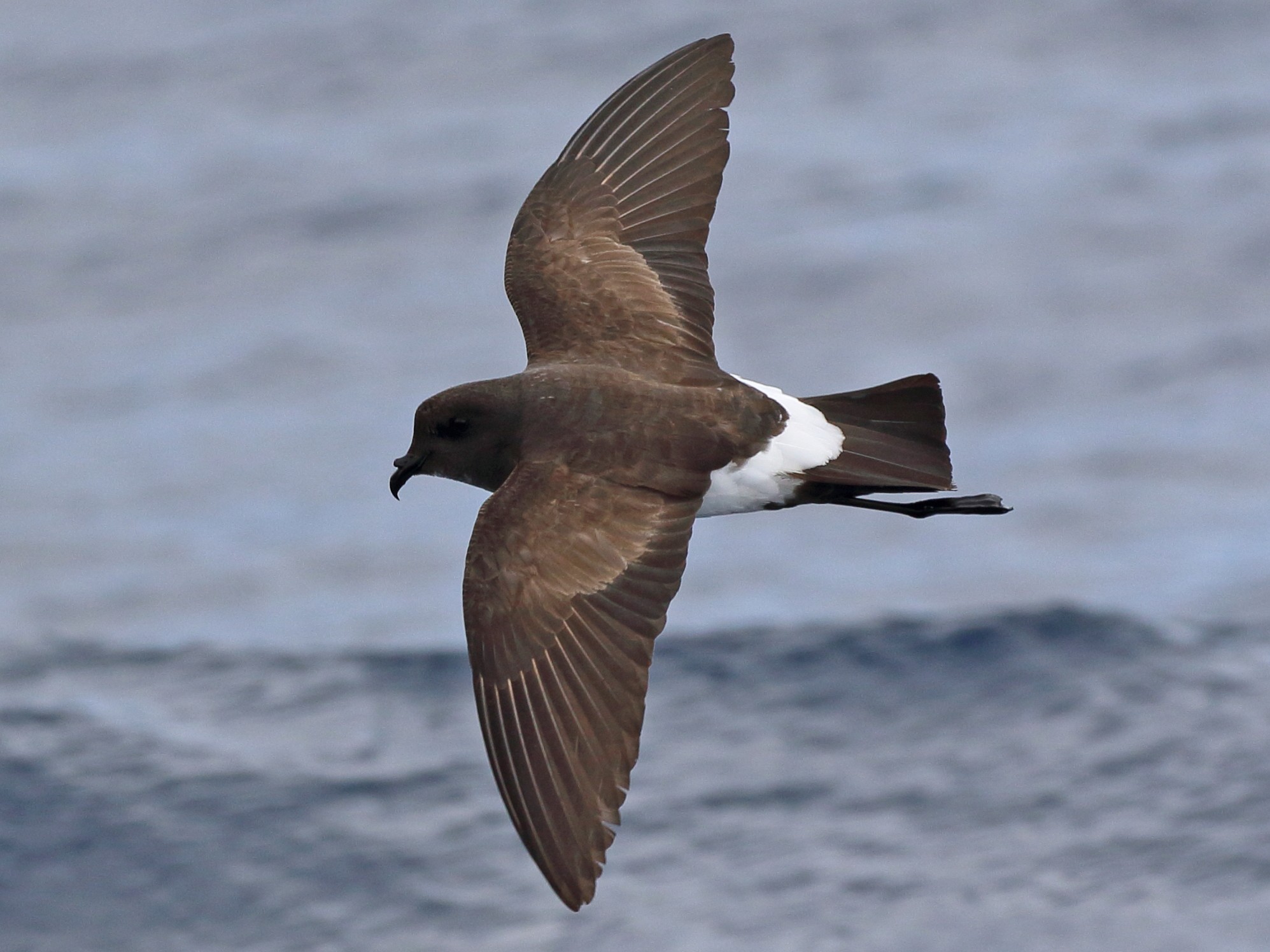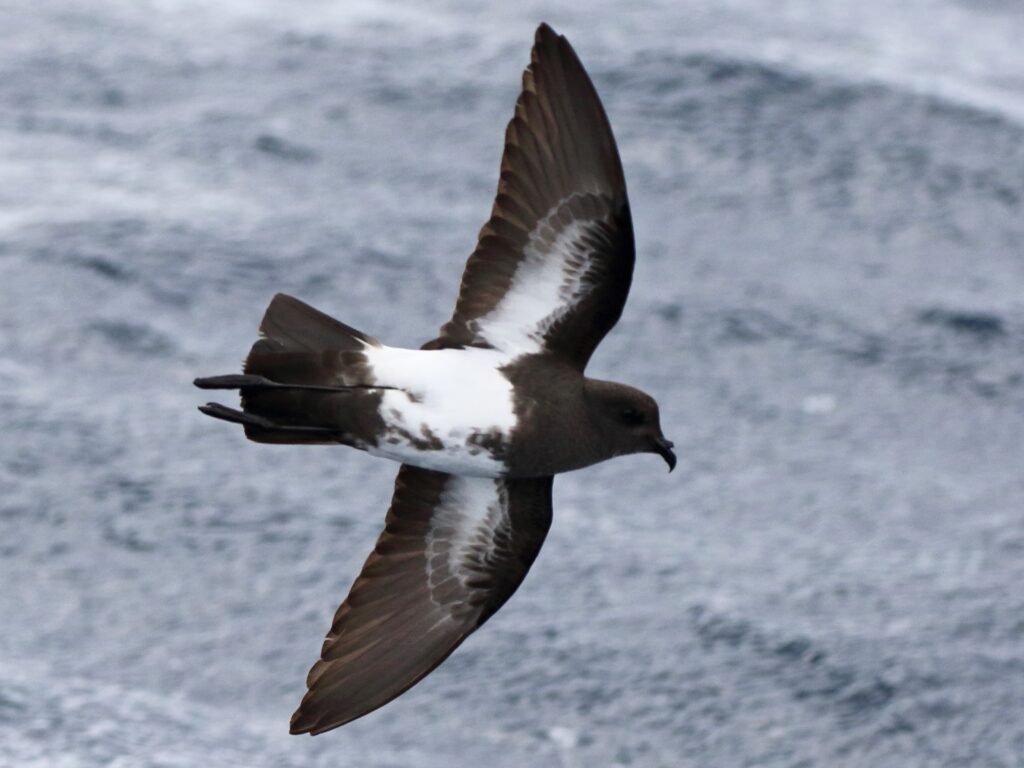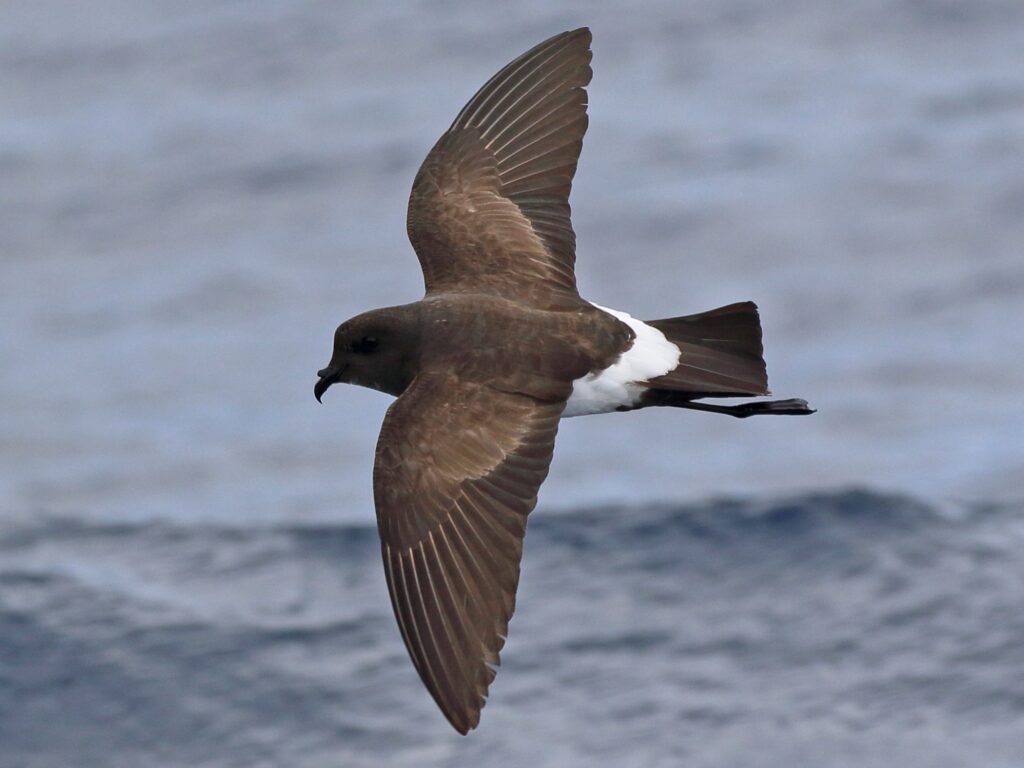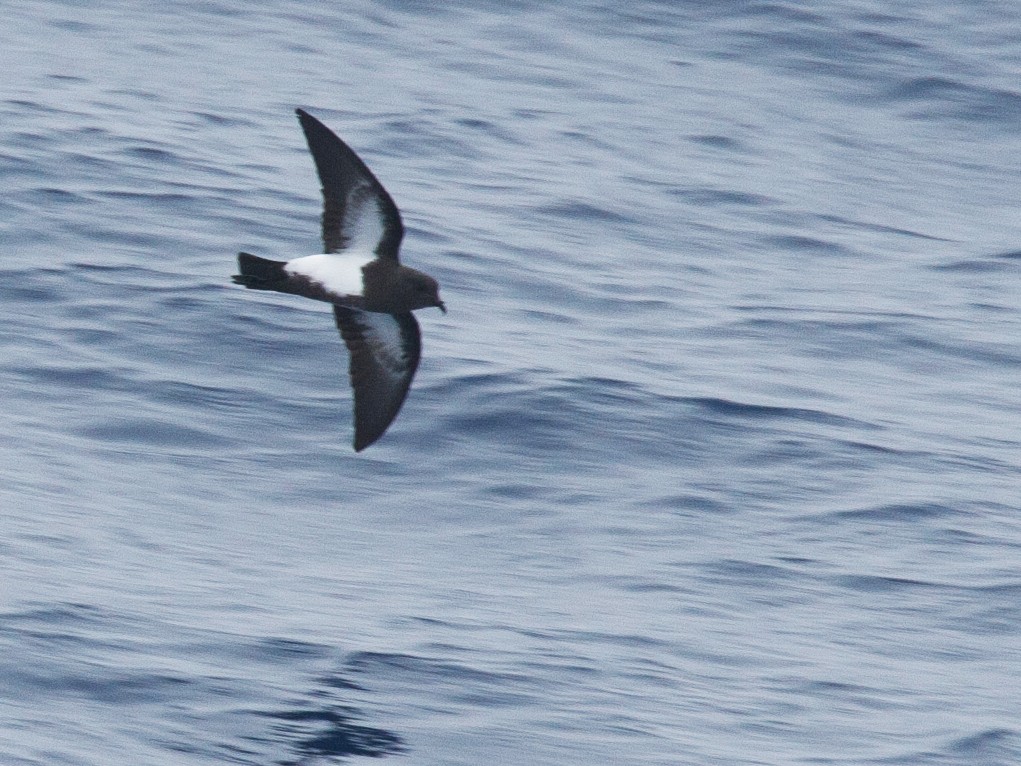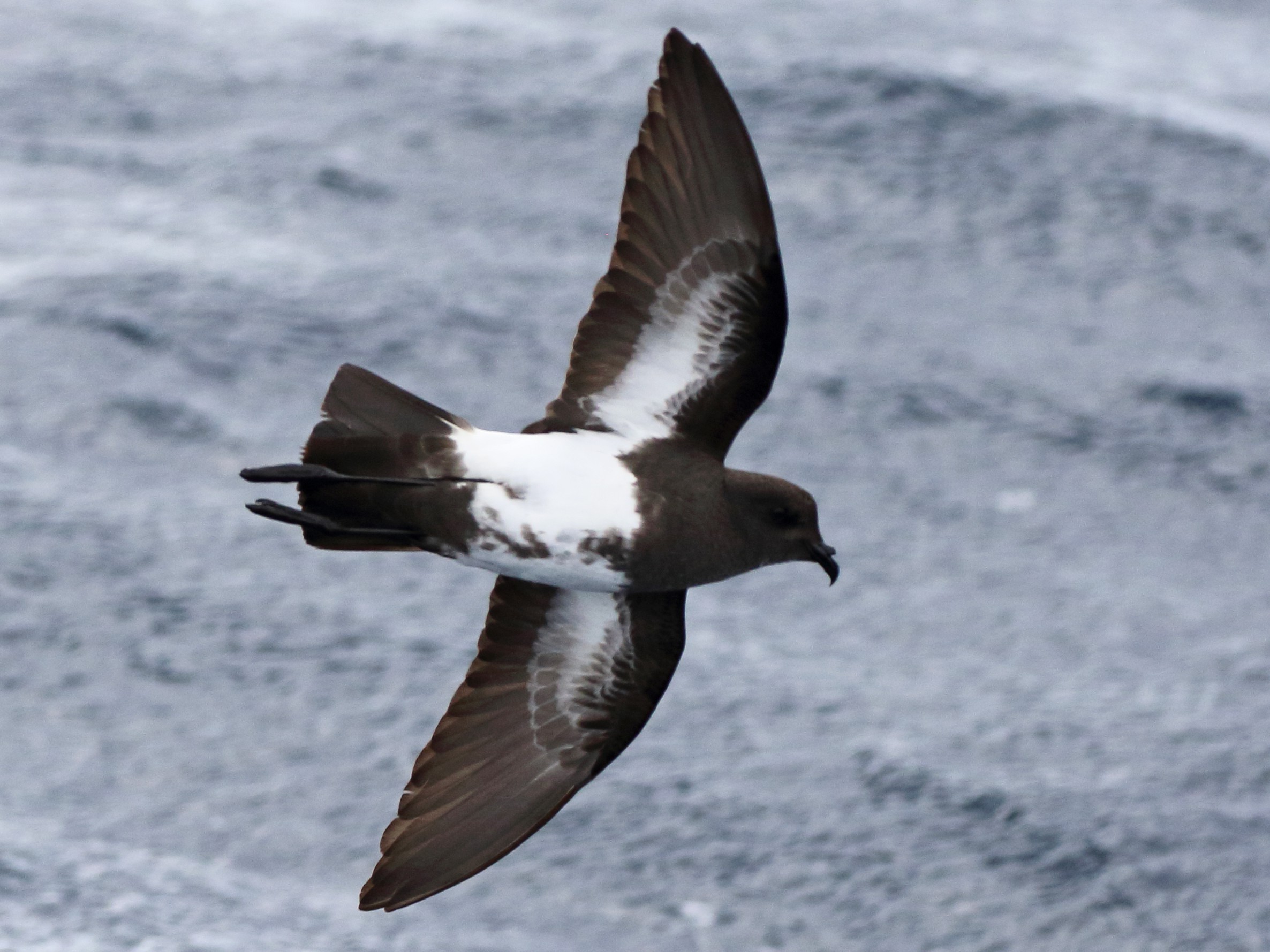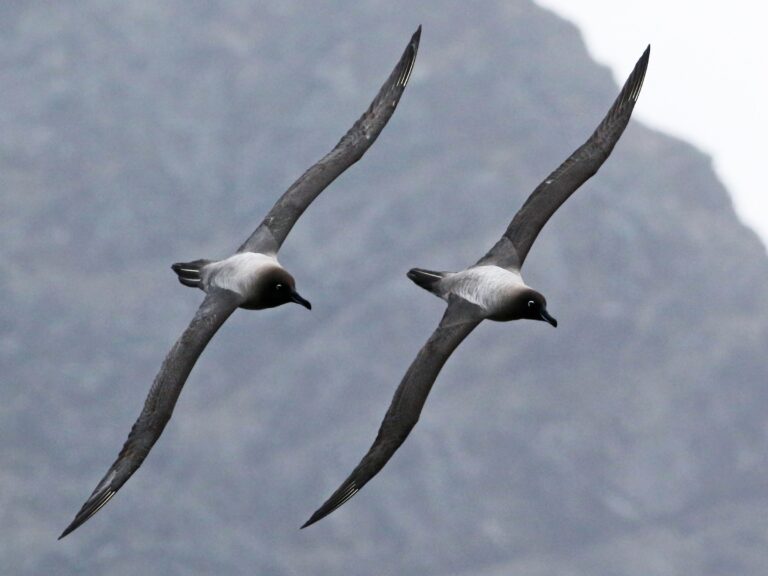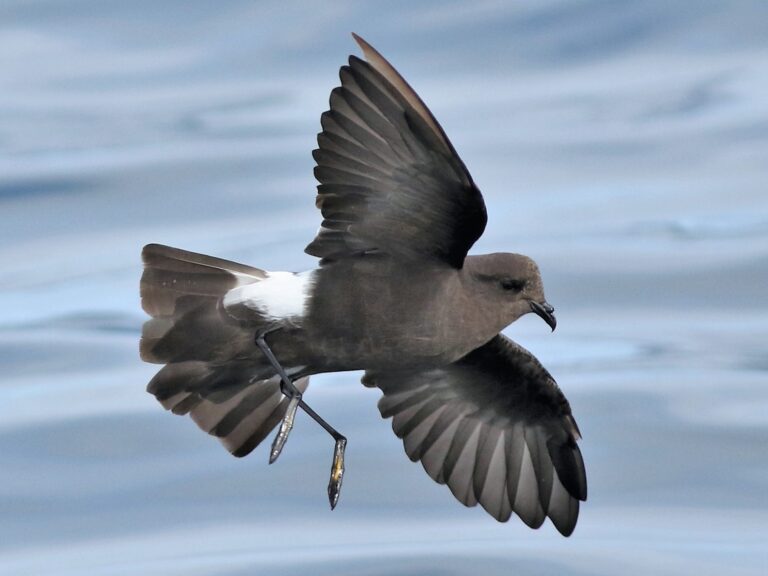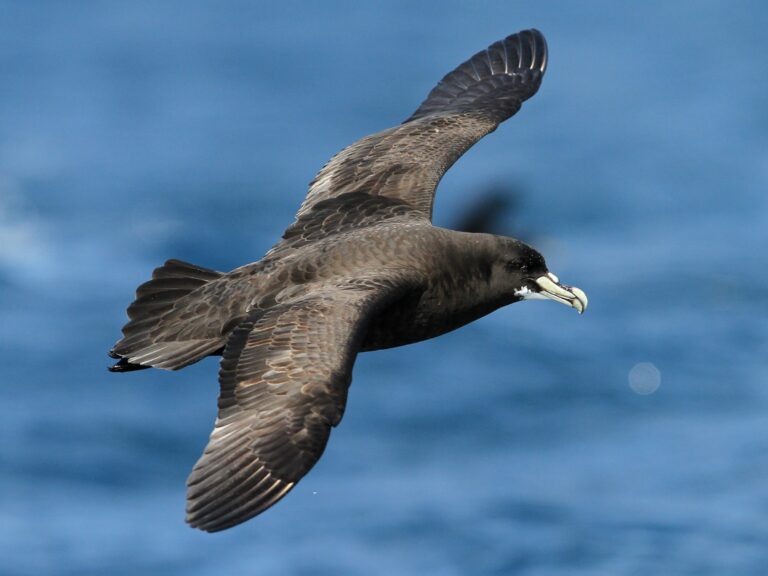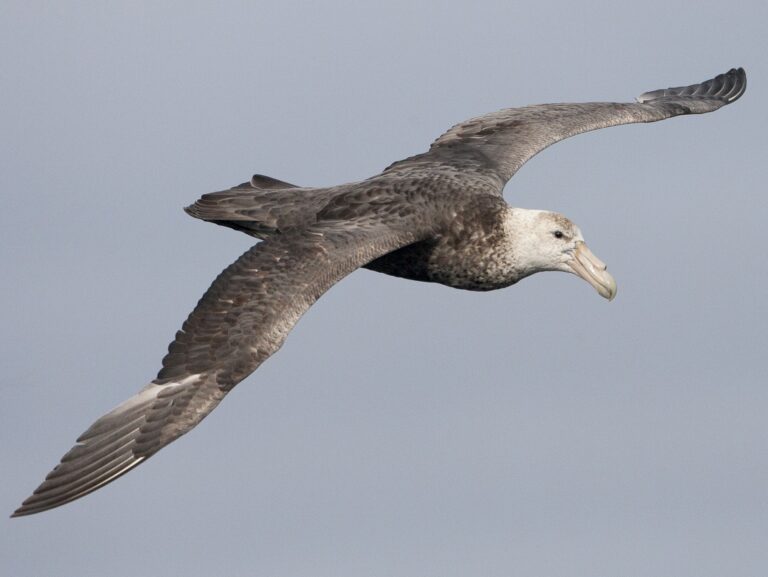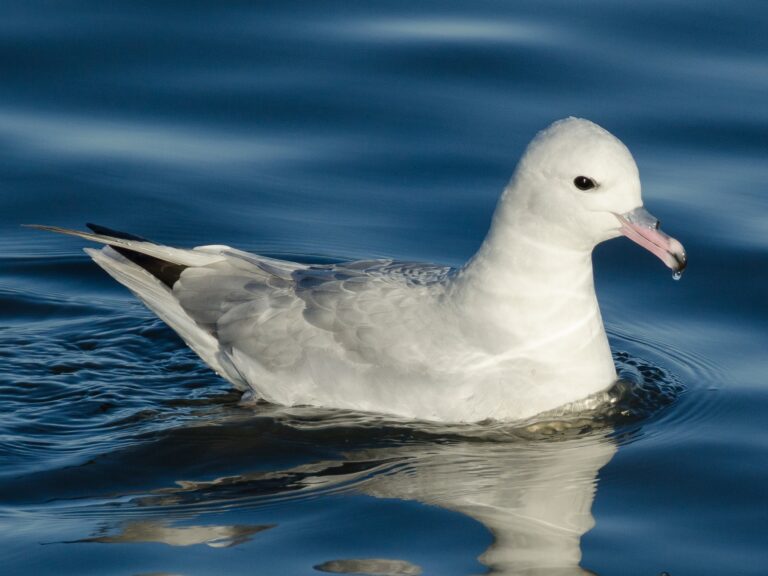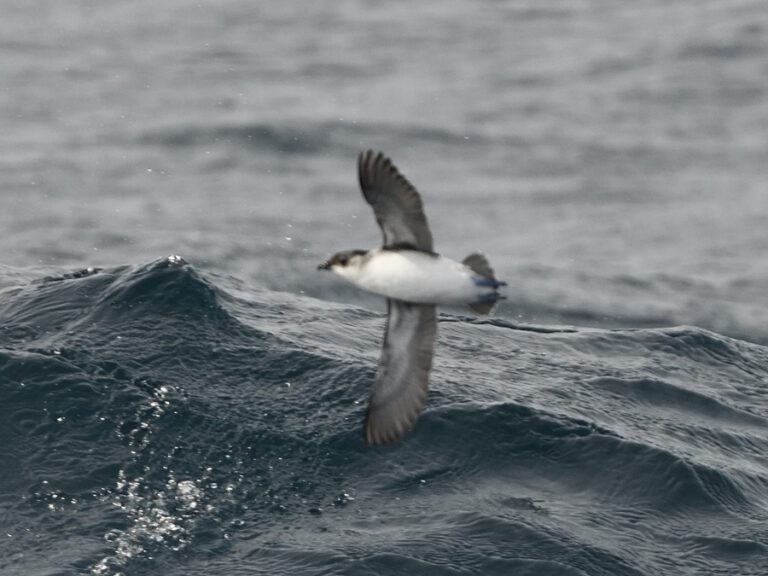Black-bellied Storm-Petrel: Unraveling the Mysteries of a Coastal Enigma
The Black-bellied Storm-Petrel, known scientifically as Fregetta tropica, is a fascinating bird that captures the attention of birdwatchers and ocean lovers alike. This small seabird is recognized for its distinctive black and white coloring and can typically be found breeding in the Antarctic and Sub-Antarctic regions. During the winter months, it shifts northward, enjoying tropical waters where food abundance allows it to thrive.
These petrels are members of the Oceanitidae family and are well-adapted to life on the ocean. Their foraging behavior is unique, as they skillfully glide over the water’s surface to catch small fish and zooplankton. Observing these birds in their natural habitat can be a rewarding experience for birders, as they exhibit intriguing behaviors during feeding and nesting.
As the conservation status of many seabird species is a growing concern, the Black-bellied Storm-Petrel serves as a reminder of the fragility of marine ecosystems. Understanding their habitat preferences and breeding patterns can help promote conservation efforts and ensure their populations remain stable for future generations.
Key Takeaways
- The Black-bellied Storm-Petrel is a unique seabird with distinct black and white plumage.
- It breeds in cooler regions and migrates to warmer tropical waters during winter.
- Understanding its behavior and habitat is crucial for effective conservation efforts.
Physical Description
The Black-bellied Storm-Petrel is a small seabird with distinct features that set it apart from other species. Its size, weight, and unique coloration contribute to its identification in the wild.
Size and Weight
The Black-bellied Storm-Petrel typically measures between 25 to 30 centimeters in length. Its wingspan can reach up to 70 centimeters, allowing for remarkable aerial agility. Weighing around 120 to 150 grams, it is lightweight and well-suited for life over the ocean. This small size helps it navigate through strong winds and waves. The compact and streamlined body aids in efficient movement while searching for food on the water’s surface.
Coloration and Markings
The plumage of the Black-bellied Storm-Petrel is primarily dark, with a striking contrast against its white underparts. The upper body is mostly a deep black or dark brown, giving it a uniform appearance in flight. Its white rump is a key identifying feature, visible when the bird takes off or lands. The underwing is also white, which contrasts sharply with the dark wings above. The upper breast remains dark, creating a smooth line that highlights its elegant shape. The combination of these markings helps birdwatchers and researchers identify the species quickly.
Habitat and Distribution
The Black-bellied Storm-Petrel is a pelagic bird found in diverse oceanic regions. Its distribution spans tropical and subtropical waters, with specific breeding habitats influencing its range and has interesting vocalizations.
Geographical Range
The geographical range of the Black-bellied Storm-Petrel includes various regions across the globe. It is most commonly found in the Indian Ocean and the South Atlantic.
This species breeds on remote islands, including the Auckland Islands and South Georgia.
In the Southern Ocean, it is known to have a circumpolar distribution. The bird has been spotted as far north as the tropics, indicating a widespread presence.
Preferred Environments
Black-bellied Storm-Petrels prefer open ocean environments. They thrive in areas with deep waters and abundant food sources, such as schools of small fish and marine invertebrates.
During the breeding season, these birds are often found around their nesting islands. They nest in rocky crevices or burrows, often in colonies.
The species is adapted to diverse habitats, but it mainly inhabits tropical and subtropical waters. During migration, it can also be found near Antarctic waters, showcasing its adaptability.
Behavior and Ecology
The Black-bellied Storm-Petrel exhibits unique behaviors and ecological characteristics that aid in its survival. This section covers its feeding habits, breeding and nesting strategies, and migration patterns, providing a comprehensive view of its role in the ecosystem.
Feeding Habits
The Black-bellied Storm-Petrel primarily feeds on small marine organisms like squid and various crustaceans. They practice surface-feeding, where they skim the water for food.
During foraging trips, they may also follow larger seabirds, such as skuas and gulls, to scavenge leftovers. This behavior helps them find food more easily in their oceanic habitat. The storm-petrels are known for their agility and technique when hunting.
Breeding and Nesting
Black-bellied Storm-Petrels typically breed in remote, predator-free locations. They prefer to nest in burrows, often digging into soft soil or using natural crevices. These nests provide protection from predators, such as skuas and gulls, which pose a significant threat to the chicks.
Breeding season occurs during the austral summer. Females lay a single egg, and both parents share responsibility for incubation and feeding the chick. This cooperative parenting increases the likelihood of the chick’s survival.
Migration Patterns
Black-bellied Storm-Petrels are migratory birds that undertake long journeys between breeding and wintering grounds. They often migrate to warmer waters for the non-breeding season, allowing them to take advantage of abundant food sources.
These birds exhibit a strong sense of navigation, relying on environmental cues like ocean currents and wind patterns. This ability ensures they can return to the same breeding sites annually, maintaining their population in critical habitats.
Conservation Status
The conservation status of the Black-bellied Storm-Petrel highlights the challenges it faces and the steps being taken to protect this seabird. Its survival relies on addressing threats from predators and human activities, while conservation initiatives aim to safeguard its habitat.
Threats and Predators
Black-bellied Storm-Petrels encounter several threats that impact their populations. Introduced predators, such as rats and cats, pose a significant risk to nesting sites. These animals can consume eggs and chicks, leading to decreased breeding success. Human activities, including fishing, may also disrupt their feeding grounds and increase the likelihood of bycatch.
Furthermore, climate change impacts prey availability, forcing storm-petrels to travel farther for food. As a member of the Procellariiformes order, these birds depend on a stable marine ecosystem. Pollution, particularly plastic waste, is another growing concern, as it can affect health and reproductive success.
Current Conservation Efforts
Conservation programs are actively working to protect the Black-bellied Storm-Petrel. Organizations focus on habitat restoration, specifically removing invasive species from nesting areas. This ensures that storm-petrels have safe places to breed.
In addition, monitoring populations helps track changes and inform future efforts. Awareness campaigns are also crucial in educating local communities about the importance of these birds. Collaborative projects between conservation groups and governments aim to create sustainable fishing practices, reducing the risk of bycatch.
Such actions are essential to maintaining the Black-bellied Storm-Petrel population and ensuring its future.
Observation and Identification
Observing and identifying the Black-bellied Storm-Petrel can be an enriching experience for birdwatchers. As this seabird often shares its habitat with the White-bellied Storm-Petrel, keen observation is essential to distinguish between the two.
Birdwatching Tips
For productive birdwatching, location and timing are crucial. Primarily, birders should focus on coastal areas, especially near cliffs and rocky shores, where these storm-petrels are commonly sighted.
The best months for observation fall between November and March, particularly around Gough Island. To enhance chances of spotting them, using a reliable field guide is beneficial. Field guides often provide illustrations and details that assist in identifying similar species.
Bringing binoculars with at least 8x magnification improves visibility. Additionally, note the behavior of the storm-petrels, as they often exhibit distinctive flight patterns that help in identification.
Identification in the Field
When identifying the Black-bellied Storm-Petrel, size and color are key features. These birds generally appear larger than their White-bellied counterparts. The Black-bellied Storm-Petrel has a dark upper body and a contrasting white belly.
Juvenile birds may present slight variations in color, making careful observation essential. The dark cap and contrasting white wing markings help differentiate them from similar species.
Birders should also take note of their calls, which can be helpful during identification. Consulting a field guide specific to seabirds can provide additional insights into their characteristics. Observers may find it useful to download apps that include sounds to aid in recognition.
Frequently Asked Questions
The Black-bellied Storm-Petrel has several unique characteristics and behaviors that interest many enthusiasts. Understanding its habitat preferences, size comparisons, vocalizations, breeding behaviors, and geographic distribution helps clarify its role in the ecosystem.
What are the typical habitat preferences of the Black-bellied Storm-Petrel?
The Black-bellied Storm-Petrel prefers open ocean environments, particularly in tropical and subtropical waters. It often nests on remote islands or offshore cliffs, where it can find safe areas for breeding away from predators.
How does the Black-bellied Storm-Petrel’s size compare to other storm-petrels?
The Black-bellied Storm-Petrel is generally larger than the White-bellied Storm-Petrel. It measures about 30-34 cm in length and has a wingspan of approximately 75-80 cm, making it one of the bigger species within its family.
What distinctive vocalizations are associated with the Black-bellied Storm-Petrel?
The Black-bellied Storm-Petrel produces a range of calls. Its vocalizations include a series of low, soft moans and trills that can often be heard during the breeding season. These sounds serve to communicate with mates and establish territory.
Can you describe the breeding behaviors of Black-bellied Storm-Petrels?
Black-bellied Storm-Petrels are monogamous and usually mate for life. They breed in colonies, typically laying one egg per season. Nesting occurs in burrows or under rocks, where the pair takes turns incubating the egg.
What geographical regions do Black-bellied Storm-Petrels primarily inhabit?
These birds are mainly found in the southern hemisphere, particularly around subtropical and tropical regions. Their breeding grounds include islands across the South Atlantic and Indian Oceans, extending to areas like the Falkland Islands and parts of New Zealand.
What are the key differences between the Black-bellied and the White-bellied Storm-Petrel species?
Key differences include size and plumage coloration. The Black-bellied Storm-Petrel has darker underparts and a larger overall build. In contrast, the White-bellied Storm-Petrel has lighter underparts and a more slender body, making them easier to differentiate in the field.
